The Sanskrit terms “rang” (color) and “aavalli” (row) are the source of the English word “rangoli.” This perfectly captures the essence of Rangoli, which is employing vivid colors to create patterns and themes. Usually geometric or flowery in form, the Tri-Color Delight Rangoli patterns have fine features that ask for accuracy and ability.
Rangoli: What is it?
The name “rangoli” comes from the Sanskrit “Rangavalli,” which means “a row of colors.” It entails drawing vibrant patterns on the ground as a kind of adornment and lucky symbolism, usually in front of residences, temples, and other significant locations. People in India refer to the rangoli arts by numerous names, including Alpana, Saaz, Muggu, Kolam, Zuti, and Mandana.
The Importance of Rangoli in Indian Traditions
Using colorful powders, rice, or flower petals, people create elaborate designs on the ground in the ancient Indian art form of rangoli. It has enormous cultural importance in India and is a widespread practice during festival events. The craft of Rangoli is a means of expressing creativity, spirituality, and cultural values in addition to its aesthetic appeal.
Indian culture associates rangoli with good fortune and wealth for the home and sees it as a welcome gesture. People frequently create it at the doors of residences, temples, and other significant locations. People use rangoli to bring good energy into a room and create an auspicious and positive atmosphere.

Examining the Origins and History of Rangoli Art
For ages, people have used the traditional Indian art form of rangoli as an essential component of joyous occasions. Over important events, they create these elaborate designs with rice, colored powders, or flower petals and hang them over the doors of houses and temples. In addition to being exquisitely beautiful, rangoli has significant symbolic meaning that reflects India’s rich cultural legacy.
It is crucial to investigate the origins and history of Rangoli to fully understand its significance. The history of the art form is old, with allusions to Hindu mythology and texts. People originally created rangoli as a ritual to welcome gods into their households and ask for their favors.
Steps to Draw Tri-Color Delight Rangoli

1. Draft the Fundamental Framework
- Join the dots to create the rangoli’s basic framework.
- To create a symmetrical pattern, start with the center dot and draw lines or curves to link with the surrounding dots.
- A straightforward geometric or floral pattern is ideal for the Tri-Color Delight.
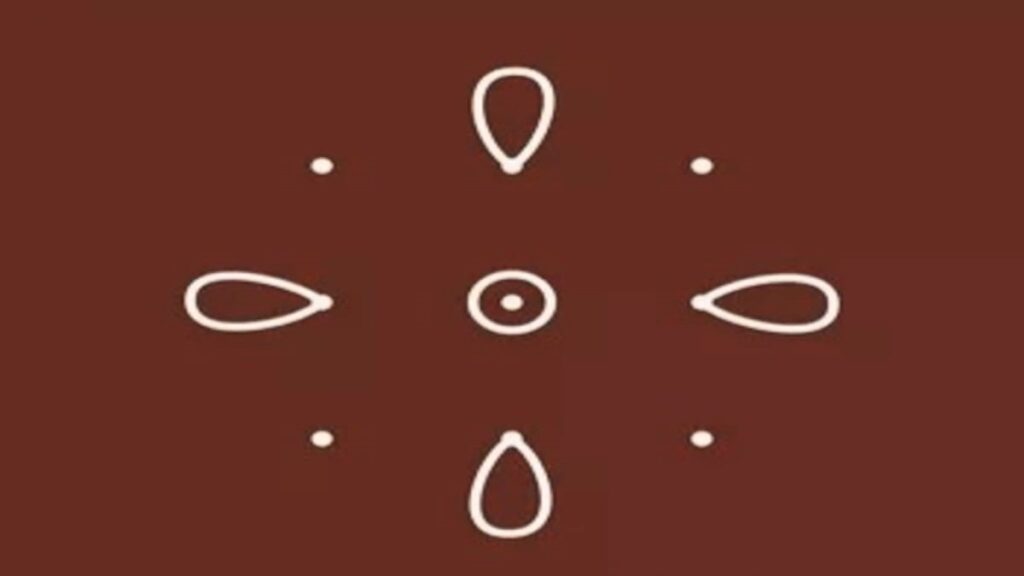
2. Describe the Layout
- Once you establish the fundamental framework, hone the lines to produce unique forms.
- Make sure every line is symmetrical and smooth.
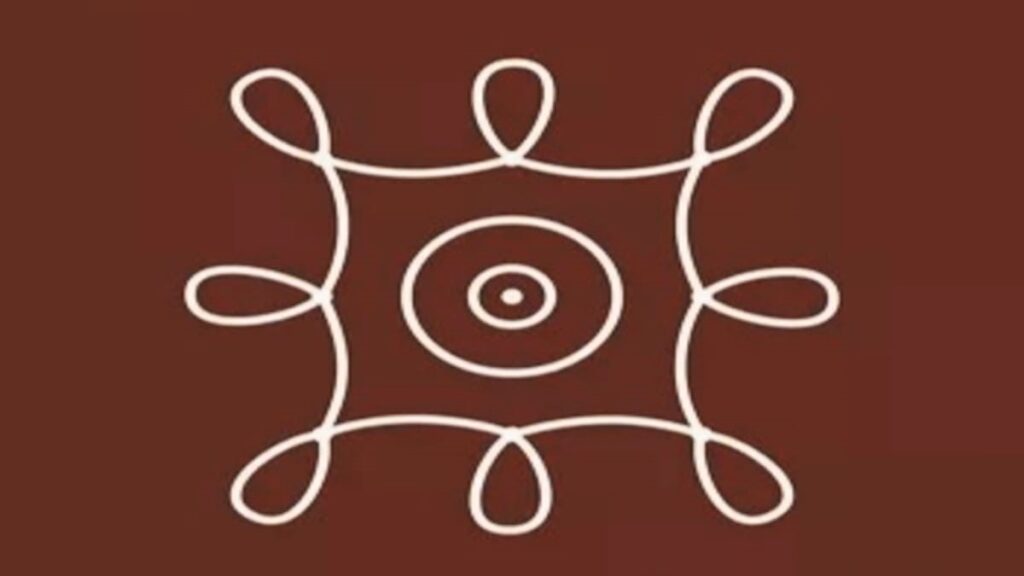

3. Use First Color to Fill
- Fill the center area of your design with the first color you have chosen.
- Apply the powder sparingly, staying inside the lines, using a tiny spoon or your fingertips.
4. Include a second color
- Fill the surrounding forms or patterns surrounding the center with the second color of your choice.
- To achieve a brilliant look, make sure the color is applied evenly.
5. Put on the Third color
- To fill the remaining spaces in the pattern, use the third color.
- The last hue ought to produce a stunning contrast with the first two hues.

Materials for Tri-Color Delight Rangoli
There are no rules when it comes to creating Rangoli arts; you may use any kind of material. People create rangoli’s foundational product, colored powder, from natural components, allowing for eye-catching color combinations. People use sand and rice flour as foundational ingredients to create a canvas for drawing rangoli designs. Traditionally, people use colored rice flour, crushed limestone, or petals from flowers to make rangoli. To make these patterns, people now also use colored chalk, rangoli stencils, colored sand, and even flower petals. Materials for rangoli construction are widely accessible in a variety of hues.
Handcrafted rangoli patterns hold a unique meaning. Stencils are extremely common these days and make creating lovely rangoli art quickly and easily.
Theme-Oriented Arts Rangoli
Themes can influence the arts and design of rangolis. The design can change according to the situation. The welcome door’s rangoli artwork can convey a lovely message. You can use rangoli art to convey a certain message. You can compose elegant language with clear messages.
Hindu deity-themed rangoli designs are quite common at the entrance. Greetings and salutations on rangoli design for prosperity. Rangoli is designed for weddings, athletic events, Diwali, schools, and colleges, among other special occasions. There are several sized and shaped rangoli designs. Swastik rangoli, peacock rangoli.
Different Rangoli Patterns: Their Symbolism and Significance
A bright and detailed artwork made on the ground using colorful powders, rice, or flower petals is called a rangoli, a traditional Indian art form. Particularly in South India, it is a customary habit during joyous occasions. Rangoli has rich symbolism and significance in addition to being aesthetically beautiful. To illuminate the rich cultural legacy of this art form, we shall examine the symbolism and meanings associated with various Rangoli designs in this article.
Rangoli designs feature geometric patterns and symmetrical shapes in addition to motifs. Order, harmony, and balance are represented by these designs. They exhibit a belief in the interdependence of all things and the significance of leading a harmonious and balanced existence. People try to bring harmony and good vibes into their homes and lives by making symmetrical Rangoli designs.
Rangoli symbology also heavily relies on color. Different facets of life are represented by the meanings associated with each color. Red is the color of power, passion, and vitality. Yellow is a symbol of study, contentment, and wisdom. Green is linked to wealth, growth, and fertility. Blue is a symbol of spirituality and divinity. People try to create a lively and favorable atmosphere in their Rangoli creations by combining unusual colors. Join us for a captivating journey through our gallery of rangoli masterpieces, brimming with inspiration.
Conclusion of Tri-Color Delight Rangoli
Making Rangoli is a symbolic act in and of itself. Making rangolis is thought to be a type of meditation and a means of establishing a spiritual connection. People can achieve a state of awareness because of the designs’ intricate and repeating elements, which call for focus and concentration. People who practice this creative art aim to attract positive energy into their life, attain inner peace, and purify their thoughts.

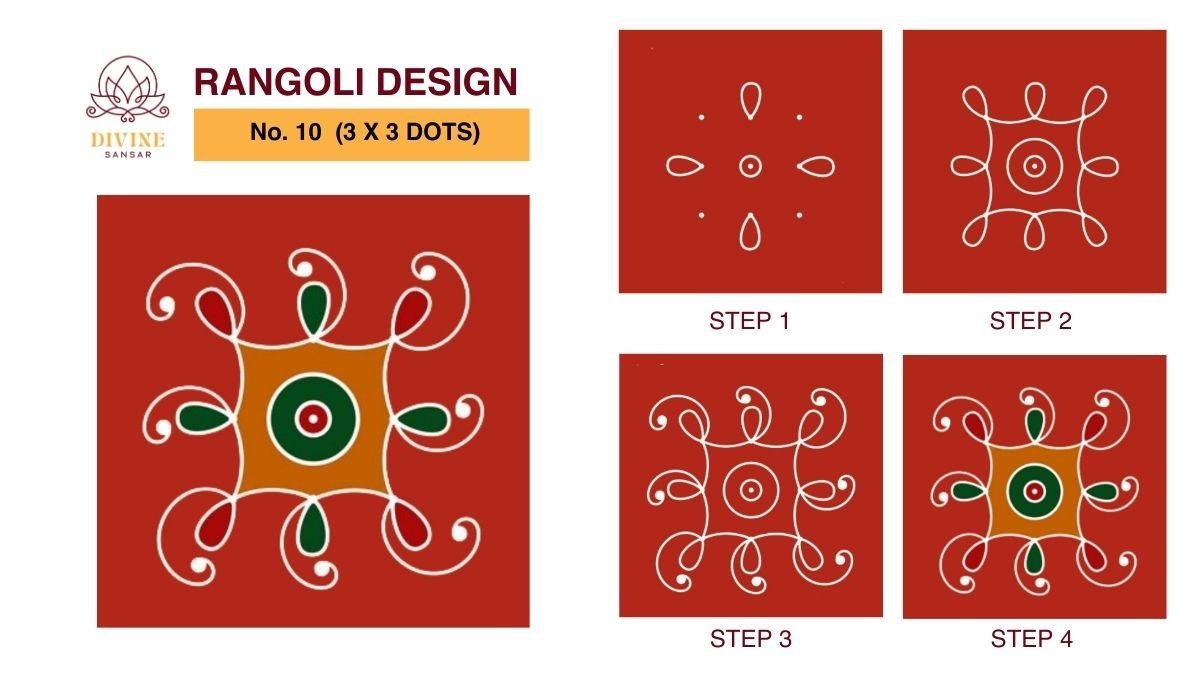




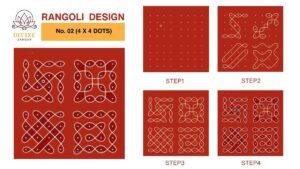
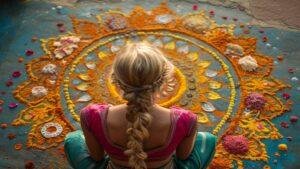





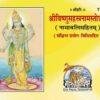




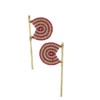
Add comment